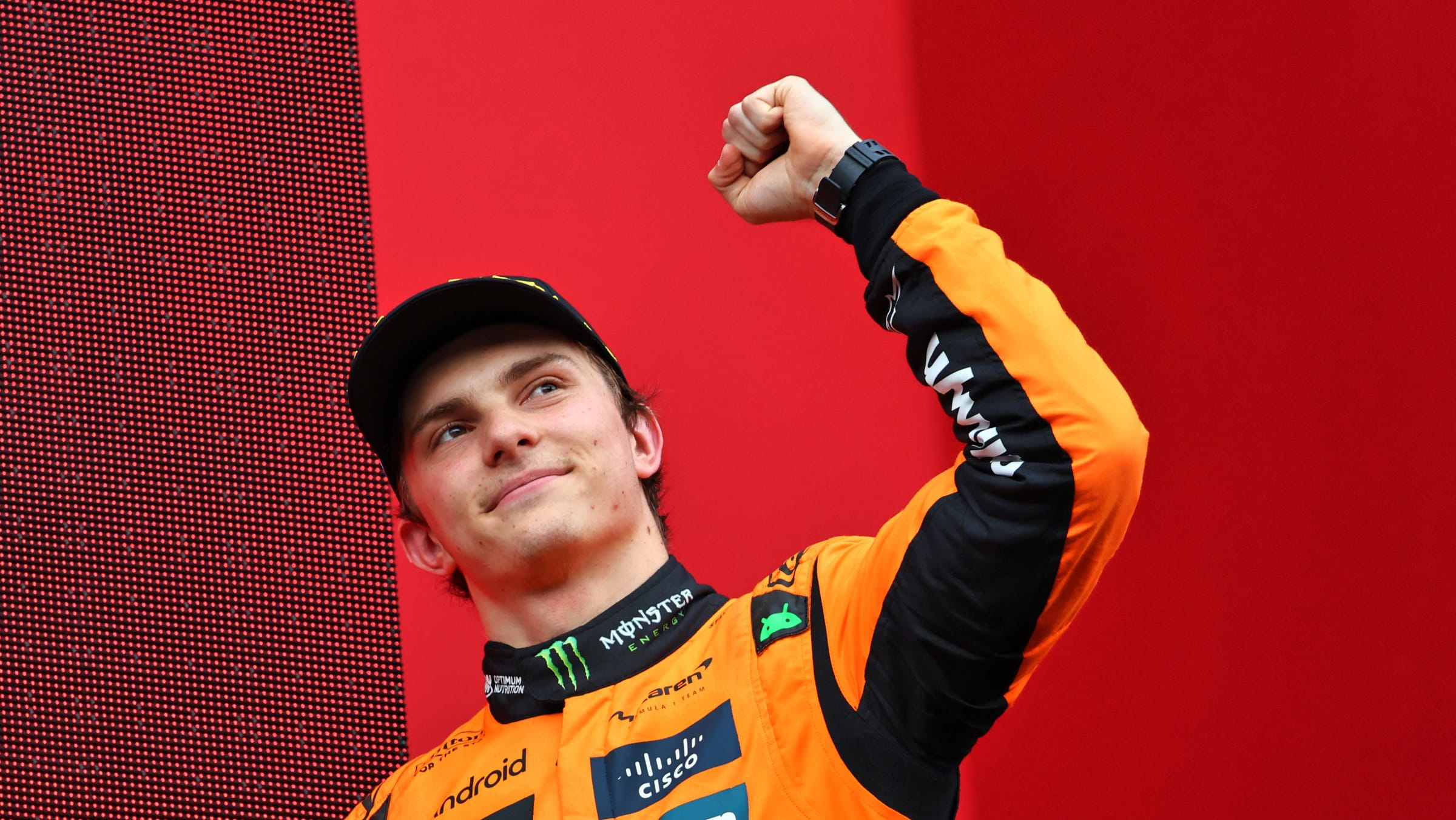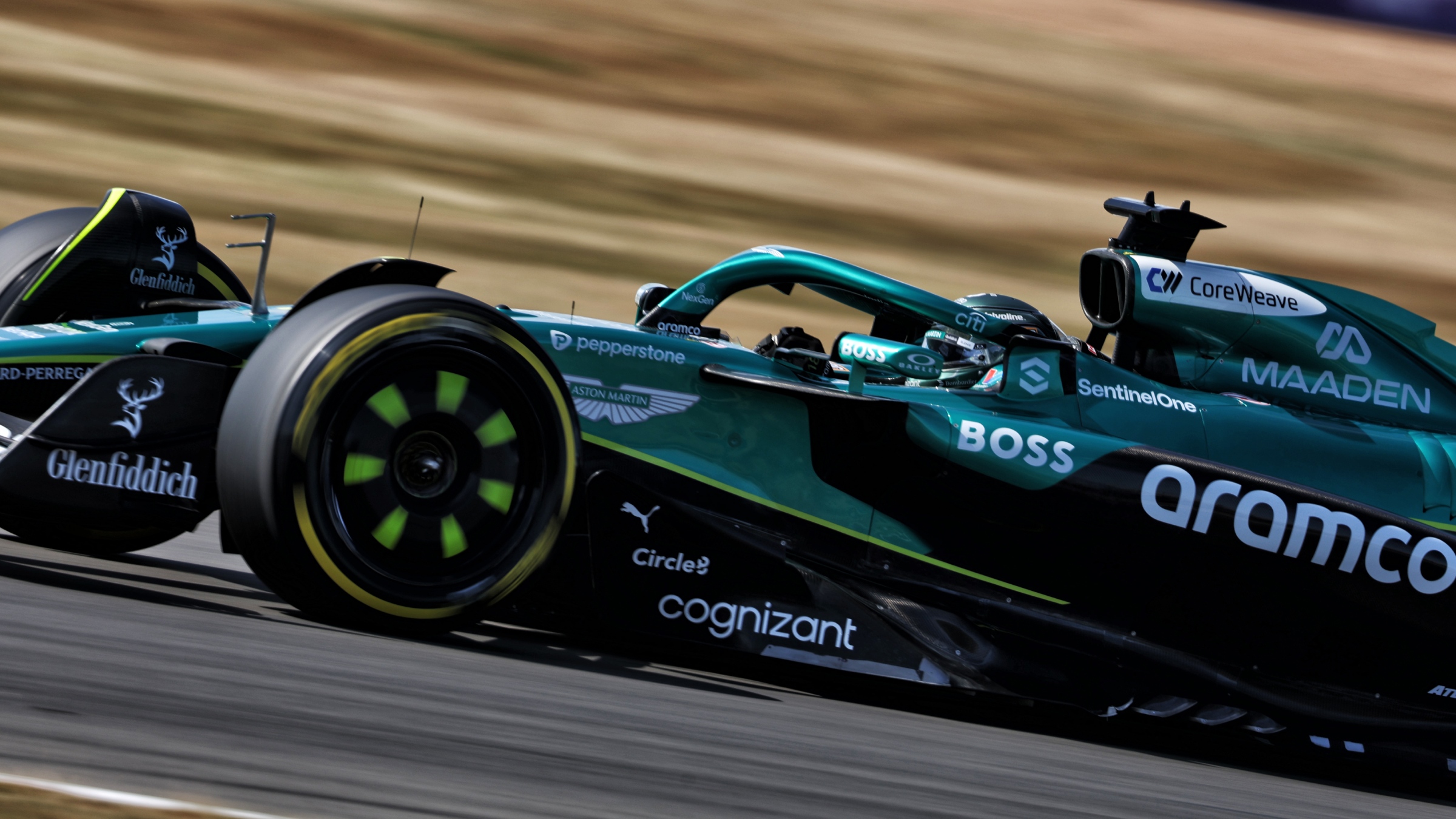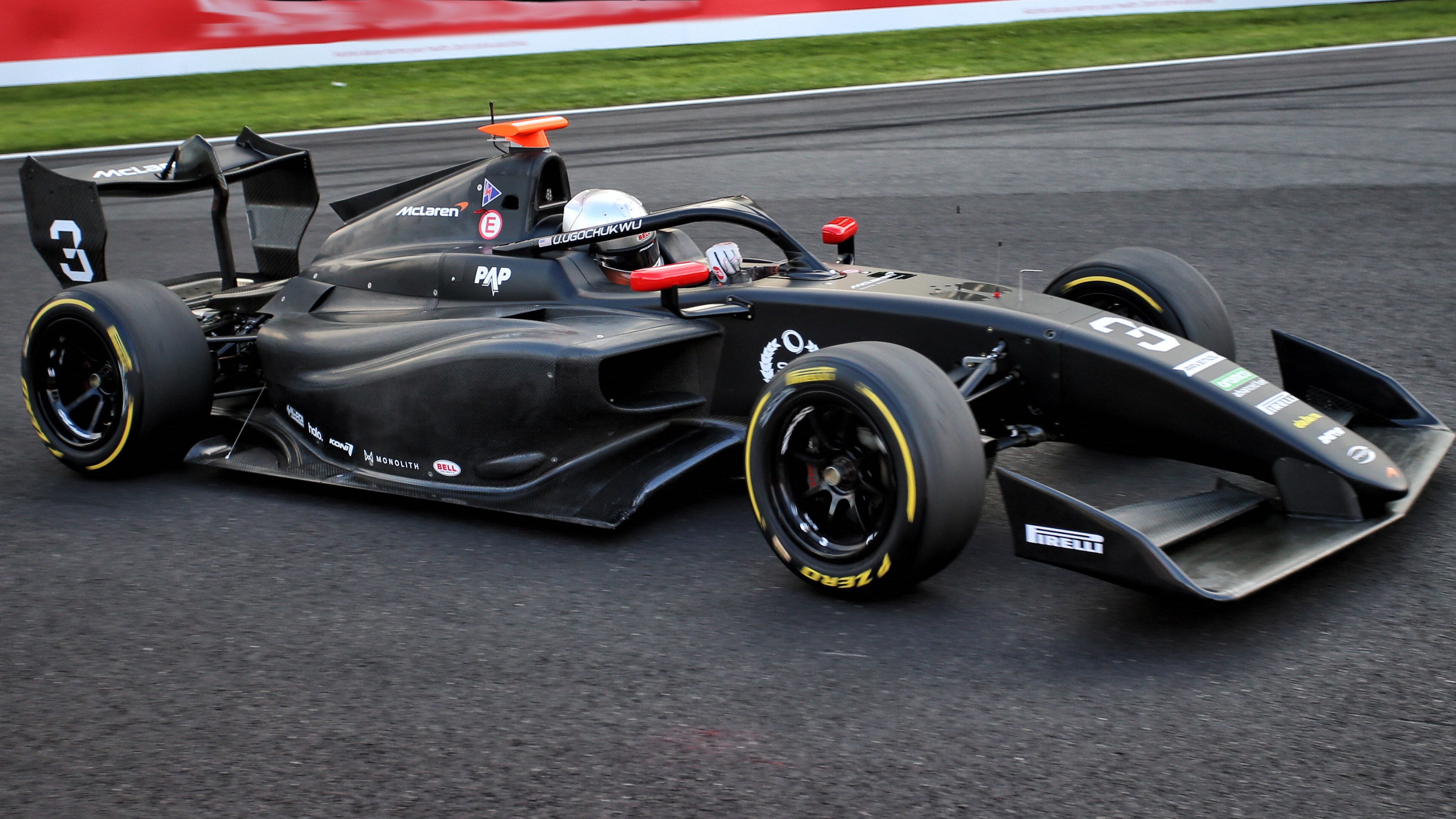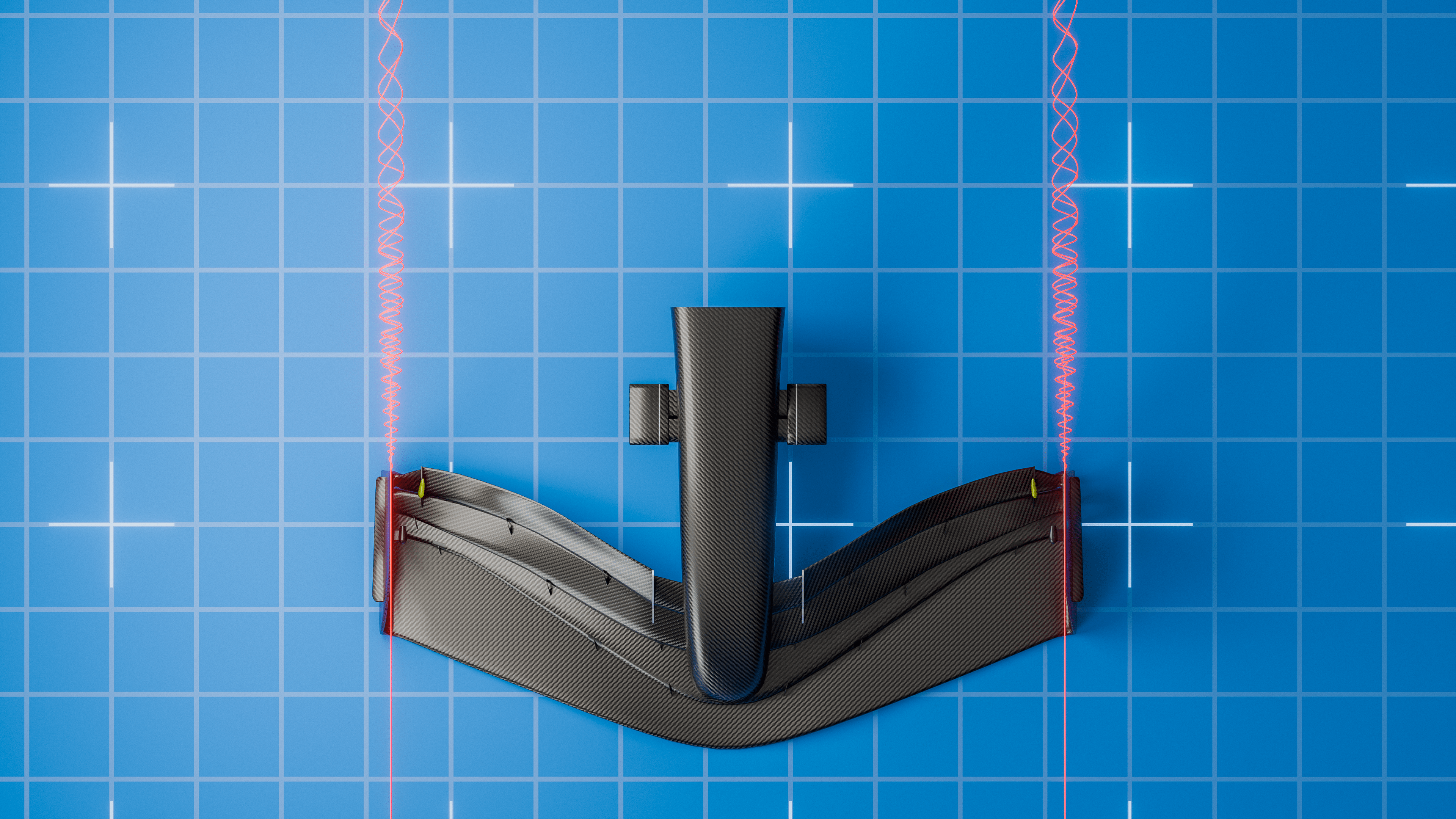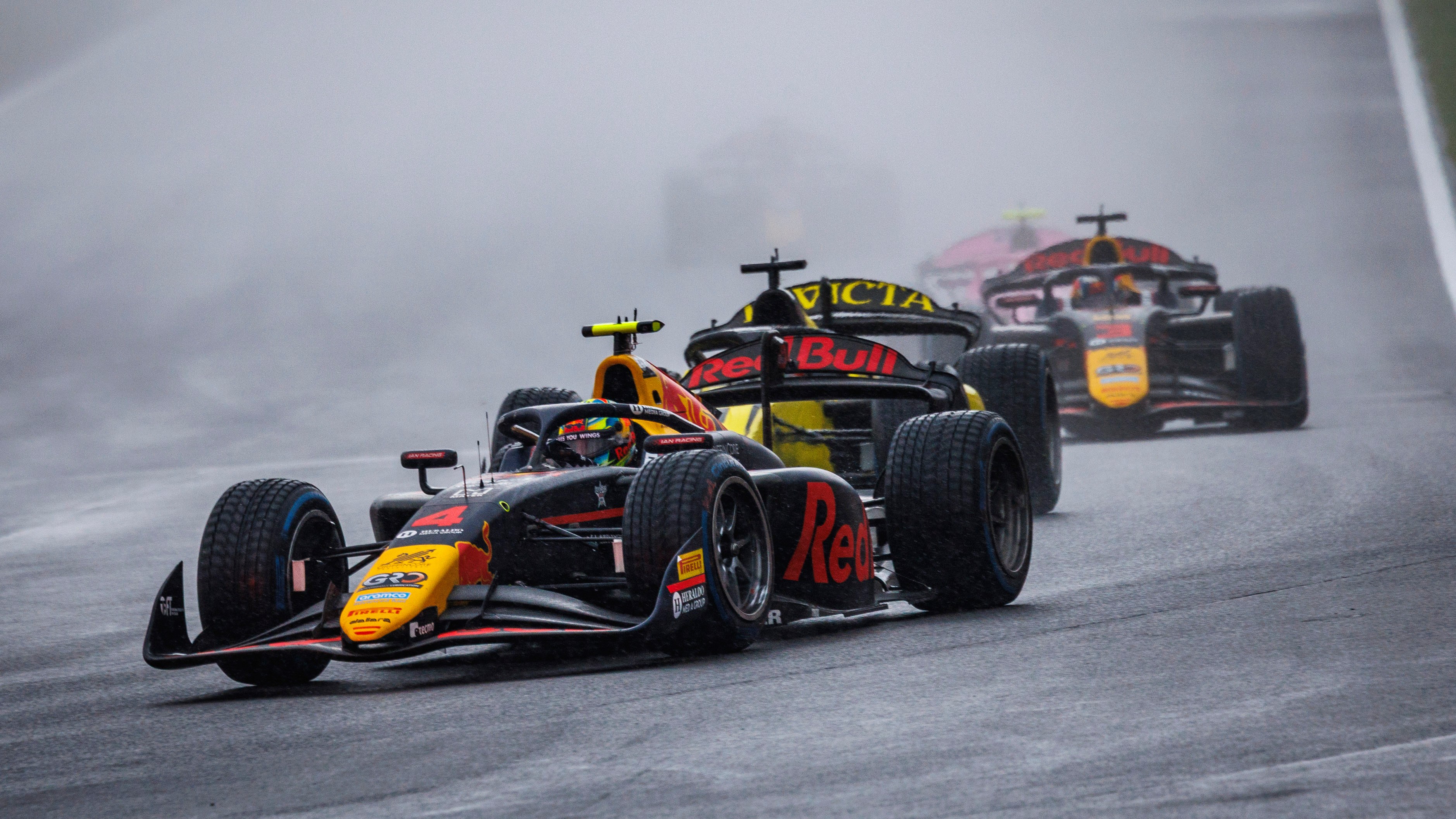Car
Analysing Red Bull’s biggest F1 upgrade of 2025 so far
by Rosario Giuliana
5min read
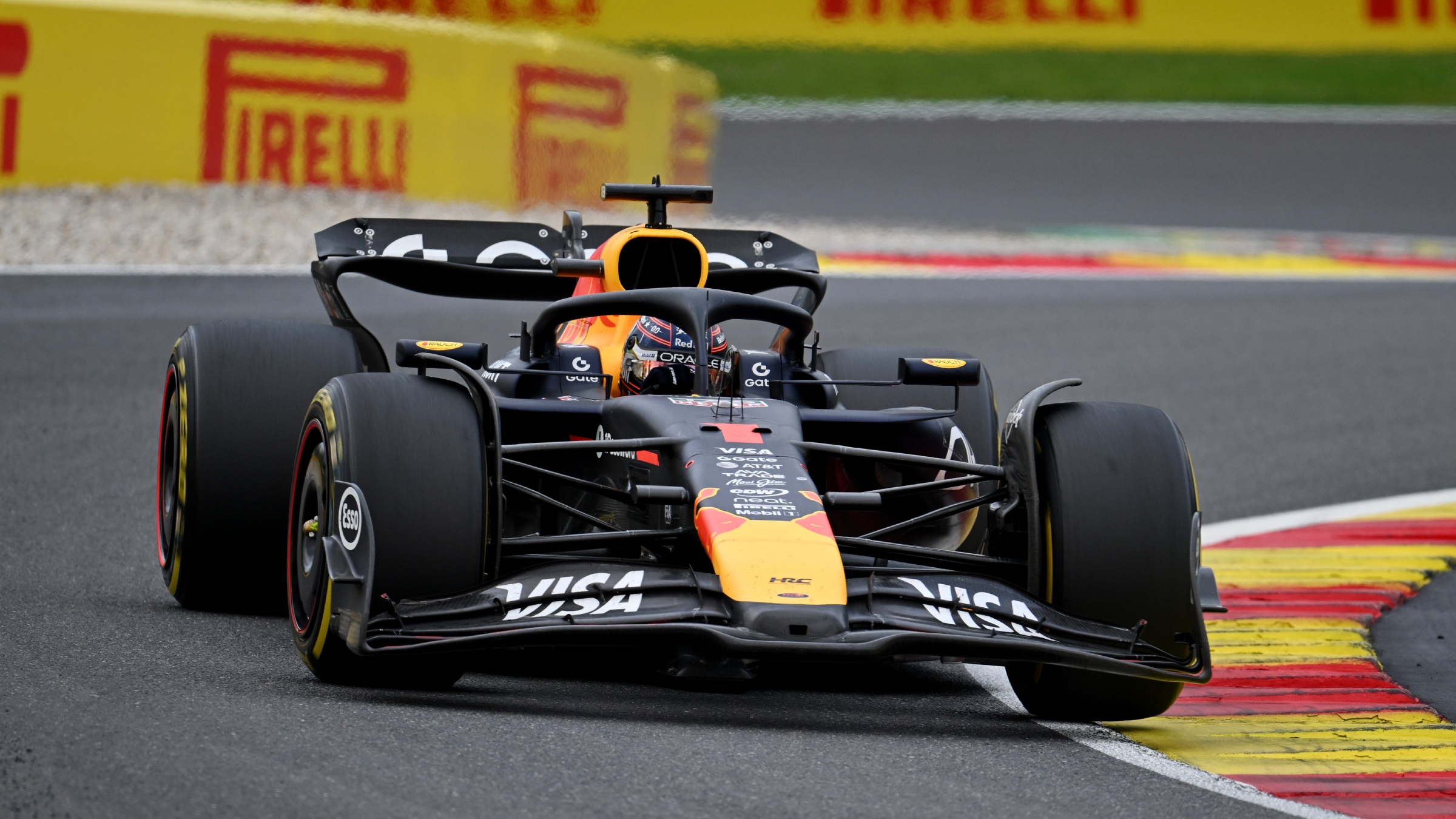
At Belgium’s Spa-Francorchamps circuit on July 25-27, Red Bull brought its most significant upgrade package of the 2025 season.
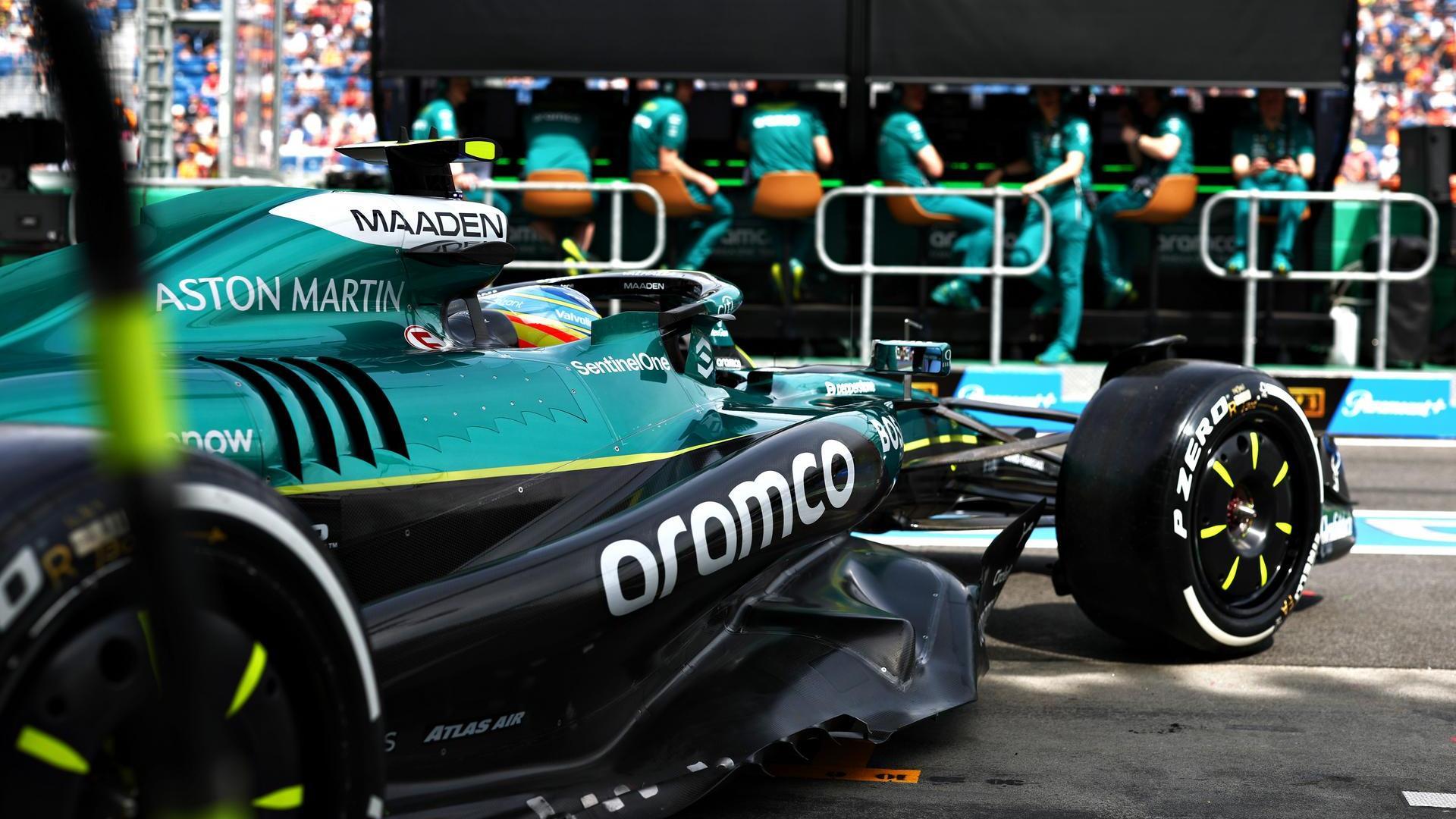
Sign up for a newsletter and we'll make sure you're fully up-to-date in the world of race technology
Now led by team principal Laurent Mekies in place of Christian Horner, the team unveiled a deeply refined evolution of the RB21 car, targeting several areas of the car in an effort to relaunch its 2025 campaign heading into the final stages of the championship.
The new package affected multiple areas of the car and was installed on both Max Verstappen’s and Yuki Tsunoda’s RB21s from Friday’s running at Spa- Francorchamps.
These were designed to work in synergy with an updated flow management philosophy.
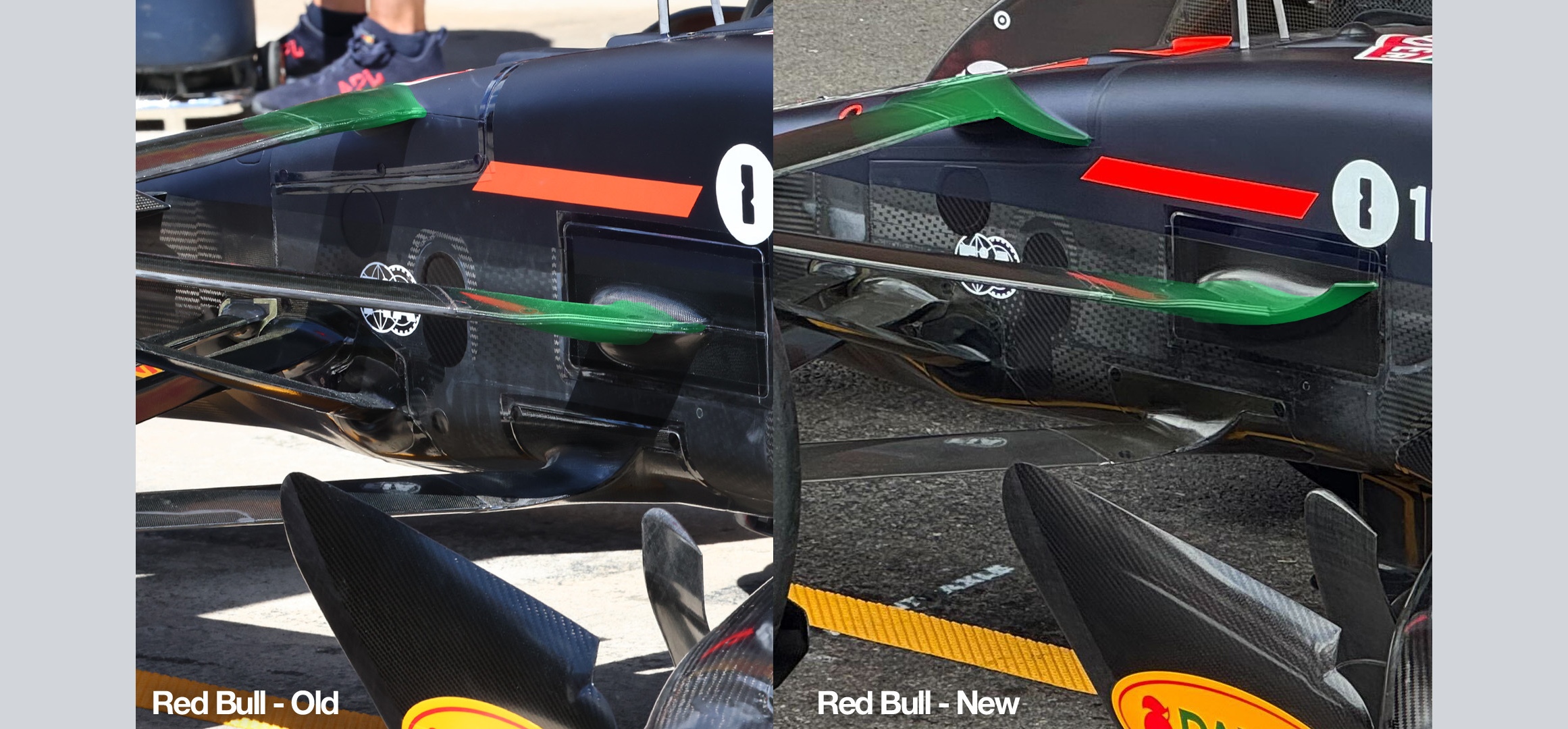
The suspension fairings were also changed on the RB21 in Belgium (R)
According to the team, the transformation was intended to deliver greater cornering stability and a broader operational window across varying track conditions.
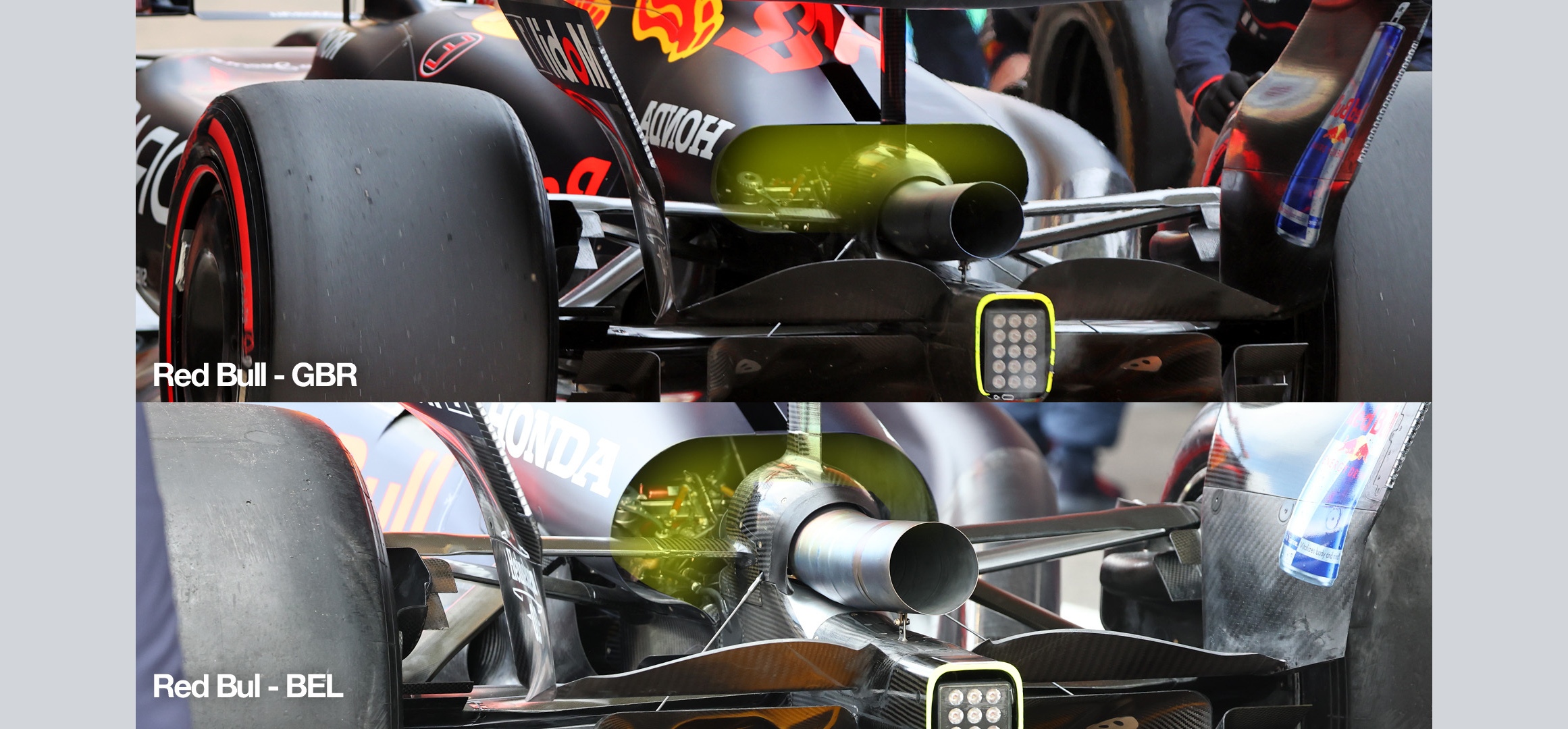
The reshaped engine cover outlet of the RB21 in Belgium (below) compared to Great Britain (above)
Sprint success at Spa
The performance response was immediate in Belgium.
Red Bull approached the early part of the weekend - sprint qualifying and the sprint race - using an extreme low-downforce rear wing, a bold but effective solution for the fast Spa layout, similar to what the team used at Silverstone.
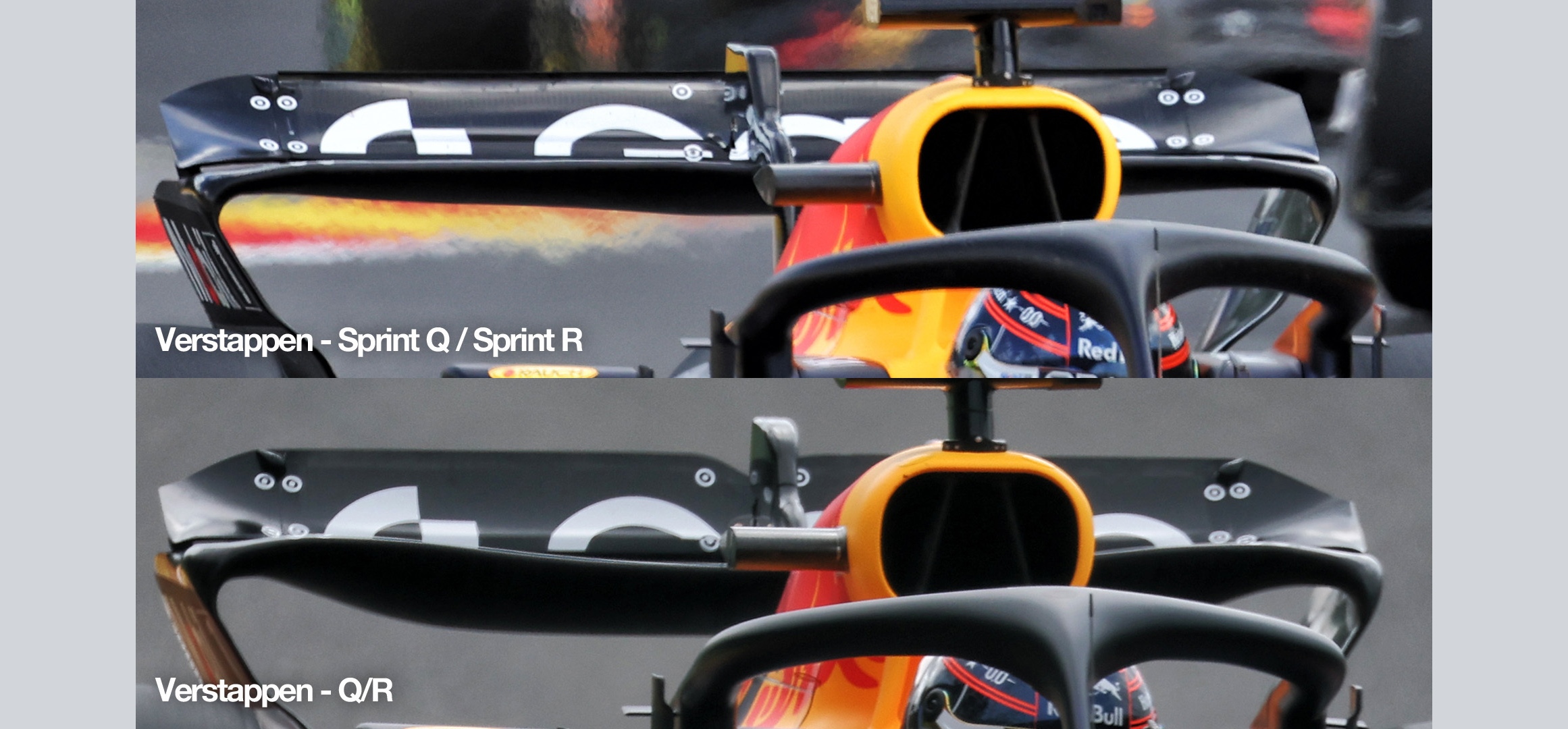
A closer look at Red Bull’s rear wing choices in Belgium, showing how teams can make set-up changes to work to their own strengths
McLaren, usually strong in the corners, was kept in check through the DRS zones. Tsunoda, though further back, also showed encouraging signs with the new package, particularly in turn-in and traction phases.
Mixed results on a rainy Sunday
For the main race, with weather conditions fluctuating, Red Bull shifted approach. Drawing lessons from Silverstone - where an ultra-low-downforce setup had hampered the car in mixed conditions - the team opted for a higher-downforce rear wing, betting on stability in the wet.
As the track gradually dried, the situation flipped. Ferrari’s efficiency on the straights became decisive, and the increased drag of the RB21 prevented Verstappen from completing the chase. The podium narrowly slipped away, despite Verstappen maintaining a solid race pace.
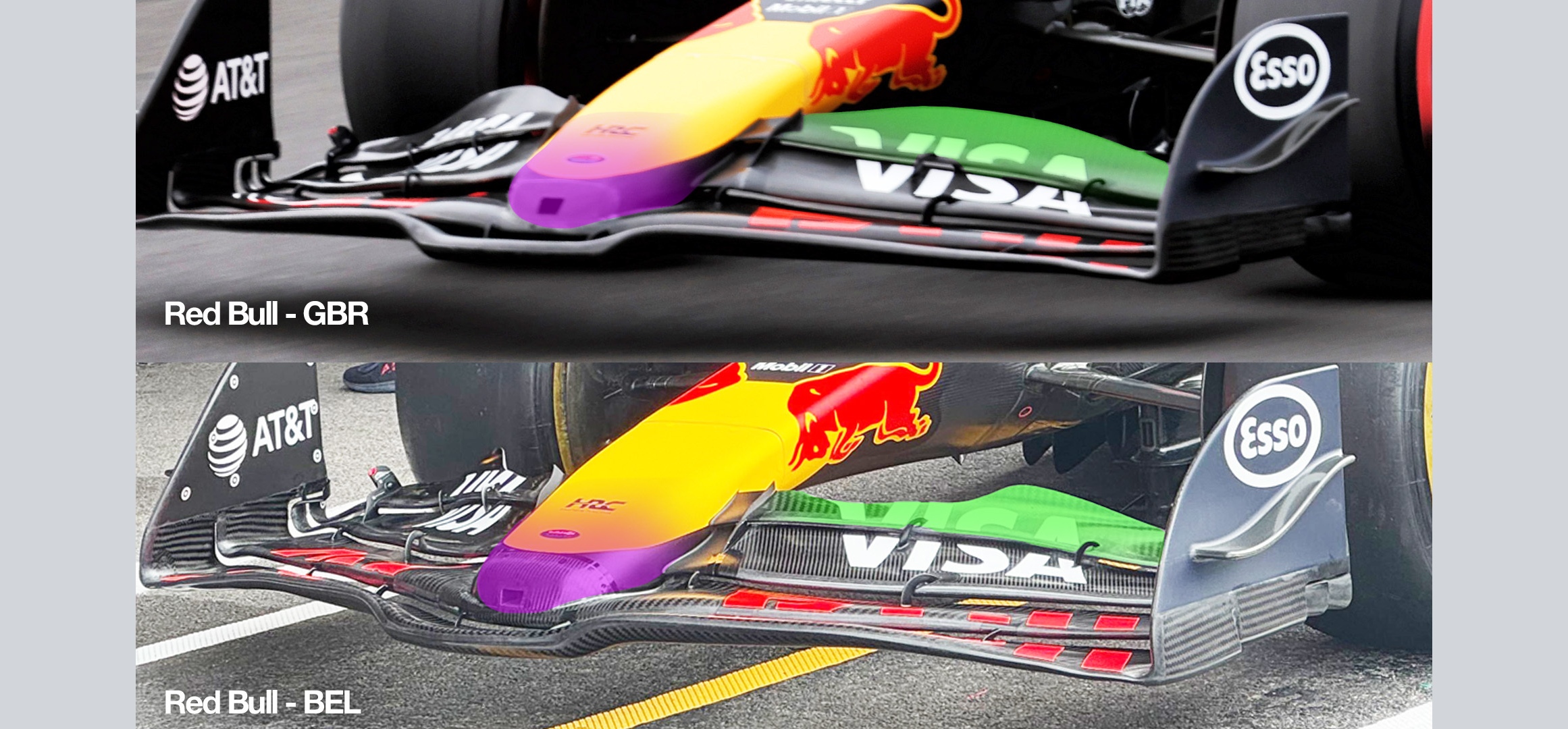
The reshaped nosecone and front wing profile of the Red Bull in Belgium, compared to its previous specification in Great Britain
Positive signals
Despite missing out on a podium finish, Red Bull’s overall takeaway from Belgium was a positive one. The new upgrade package proved effective, improving the car’s behaviour in medium-speed corners and giving the drivers more confidence across changing conditions.
.jpg?cx=0.5&cy=0.5)
